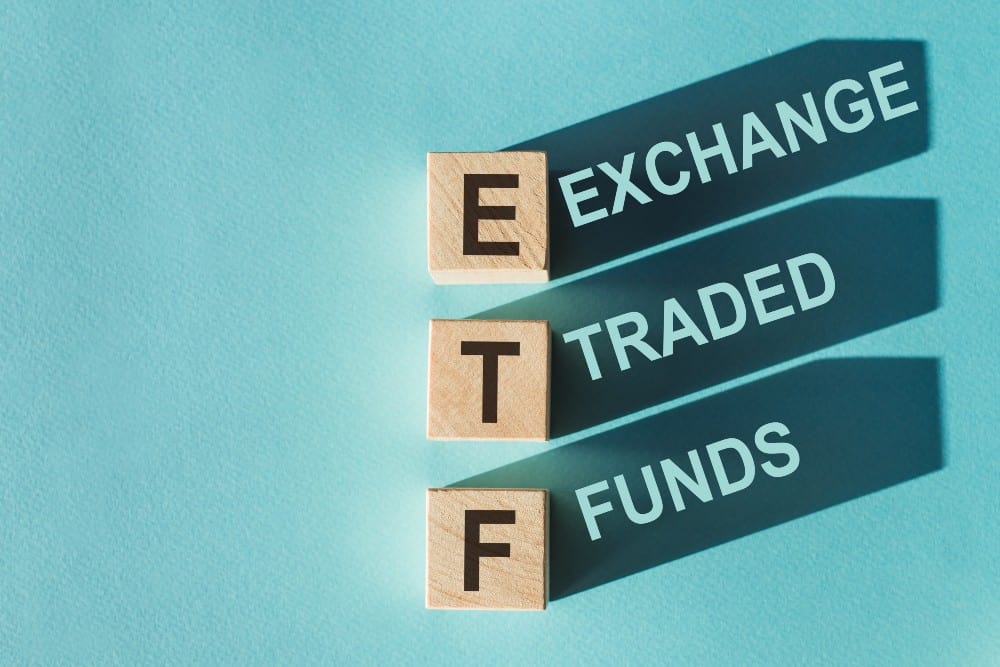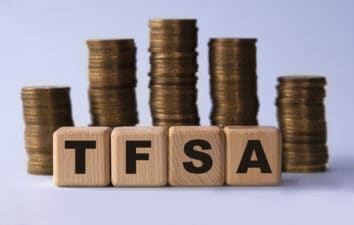U.S. tech giants – especially the Magnificent Seven –aren’t exactly known for their dividends. In fact, some don’t pay any at all. That’s not an oversight though.
Despite their massive cash reserves, these companies tend to prioritize research and development, acquisitions, or share buybacks – all of which are often more tax-efficient than regular dividend payouts.
But if you’re an investor who wants to generate income from tech stocks, you don’t need to wait around for them to start paying or growing dividends. With options-based strategies like selling covered calls, it’s possible to collect monthly income that can add up to double-digit annual yields.
Here’s how it works – and one exchange-traded fund (ETF) that automates the strategy across America’s biggest tech names, currently offering a hefty 11.8% yield.
Why sell covered calls?
Covered calls are easy to understand once you remember this one tidbit: you’re giving up some upside price appreciation in exchange for immediate cash today. That upfront cash is called a premium, and it’s what makes this strategy attractive to income-focused investors.
Here’s how it works. You own the stock, and then you sell a call option on it – essentially agreeing to sell your shares at a set price (called the strike price) if the stock rises past that level before the option expires. In return, you pocket a premium upfront.
The size of that premium varies, but it’s generally larger when the strike price is closer to the current share price; the time to expiration is longer; and the underlying stock is more volatile. Why?
Think of it like selling an insurance policy. The more likely it is that the stock hits the strike price, the longer you’re exposed, and the more volatile the stock is, the greater the risk you’re taking on. And just like an insurance company, you get paid more to take on more risk.
It’s a simple, rules-based way to turn stocks – especially low-yield ones – into monthly income machines without having to sell them.
Leave the trading to an ETF
Selling covered calls on your own isn’t exactly beginner-friendly. You need enough cash to buy 100 shares of each stock you want to write calls on, and with how expensive most U.S. tech stocks are – not to mention the USD conversion cost – it can get prohibitively expensive fast.
That’s why I prefer to leave the heavy lifting to an ETF like the Hamilton Technology YIELD MAXIMIZER™ ETF (TSX:QMAX).
It’s run by Nick Piquard, a well-known Canadian options strategist and Chartered Financial Analyst (CFA) with years of experience managing these kinds of strategies.
In short, QMAX holds a portfolio of the 15 largest U.S. tech stocks and writes at-the-money covered calls on 30% of the portfolio. That means you still keep 70% of the potential upside, while generating income from the call premiums.
And because tech stocks are so volatile, those premiums are juicy. QMAX currently yields 11.8% annually, with monthly payouts.
Performance-wise, it hasn’t just been a pure income play either. With distributions reinvested, QMAX has returned 18.6% over the past year, showing that you can still get growth – even with an income tilt.









